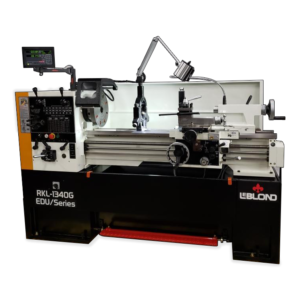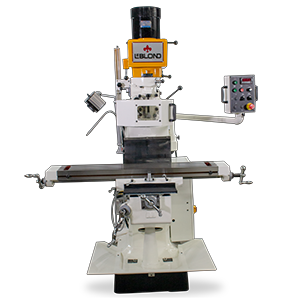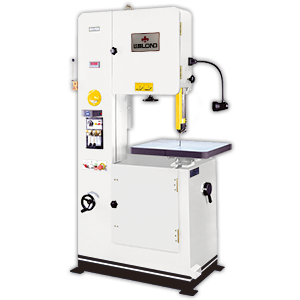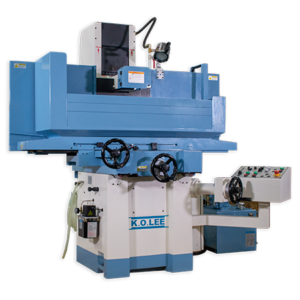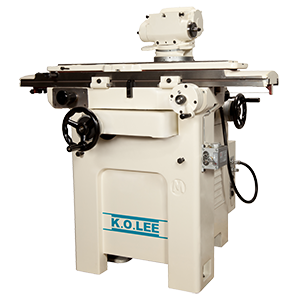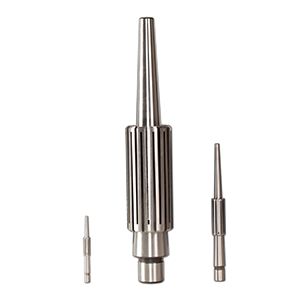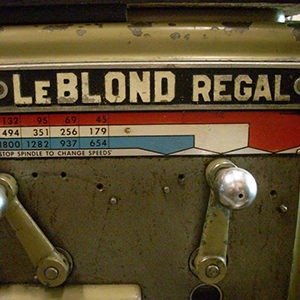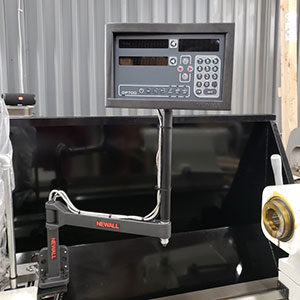You fire up your lathe. Load your workpiece. Make the cut.
And it looks like someone dragged a jackhammer across the surface.
Welcome to chatter marks. The universal sign that your gibs are shot.
Most machinists don’t think about gibs until it’s too late. They blame their tools, their setup, even the phase of the moon. But nine times out of ten, it’s the gibs.
What the Heck Is a Gib Anyway?
A gib is a wedge-shaped piece of cast steel that keeps your lathe tight. It sits between the dovetail ways and pulls everything snug.
Think of it like this: your compound and cross slide sit in dovetail grooves. Without something pulling them tight, they’d flop around like a loose tooth. That’s where the gib comes in.
Where Your Gibs Live
On a modern RKL lathe, you’ve got four gibs total. One compound gib. One cross slide gib. Two carriage gibs.
The compound gib sits at the bottom of your compound. That’s where your cutting tool lives, so slop here means garbage cuts.
The cross slide gib does the same job for your cross slide. The carriage gibs keep your entire carriage tight to the ways.
Old heavy-duty LeBlonds have the same setup. But those smaller Regal 13s, 15s and 19s? They skipped the carriage gibs entirely.
How to Know Your Gibs Are Cooked
Your cuts will tell you everything. Clean, smooth finish? Your gibs are good.
Chatter marks that look like a bad vinyl record? Time to check those gibs.
You won’t hear anything weird. No whining, no grinding. Just visual evidence on your workpiece that something’s loose.
The Maintenance Nobody Does
Here’s the part where most people screw up. They treat gibs like set-it-and-forget-it parts.
Wrong.
Gibs are designed to wear. They’re sacrificial parts that take the abuse so your ways don’t. But they need oil to do their job.
Not WD-40. Not whatever’s in the spray can under your bench. Real lubricant.
Mobil DTE 26 or AW-68 hydraulic oil. Put it on your weekly maintenance schedule. Hit those oil ports on your compound. Keep your apron reservoir full and pump that lever.
Metal chips are gib killers. Keep your machine clean. Every chip that grinds between your gib and the ways is eating away at your precision.
Do this right and you’ll get three to eight years out of a set of gibs. Ignore it and you’ll be shopping for new ones every year.
The Replacement Reality
Eventually, even well-maintained gibs wear out. It’s physics, not failure.
If you’re running production work daily, think about inspection every year. Weekend warriors can push that out further. But if your cuts start looking rough, don’t wait.
Replacing a gib isn’t rocket science. But it’s not free either.
Small lathe gibs run cheaper. Heavy-duty machine gibs push higher.
Contact LeBlond For Lathe Gibs
Your gibs are the unsung heroes of precision. They’re the only thing standing between tight, accurate cuts and expensive scrap.
Check them. Oil them. Replace them when needed.
Or keep making parts that look like someone attacked them with a file.
Your choice.
If you need gibs for your LeBlond Regal or RKL lathe, please contact us:
- Call +1 (888) 532-5663 (Monday-Friday 8am-4:30pm ET) and select Option 1.
- Or leave a comment below!
We look forward to hearing from you!

